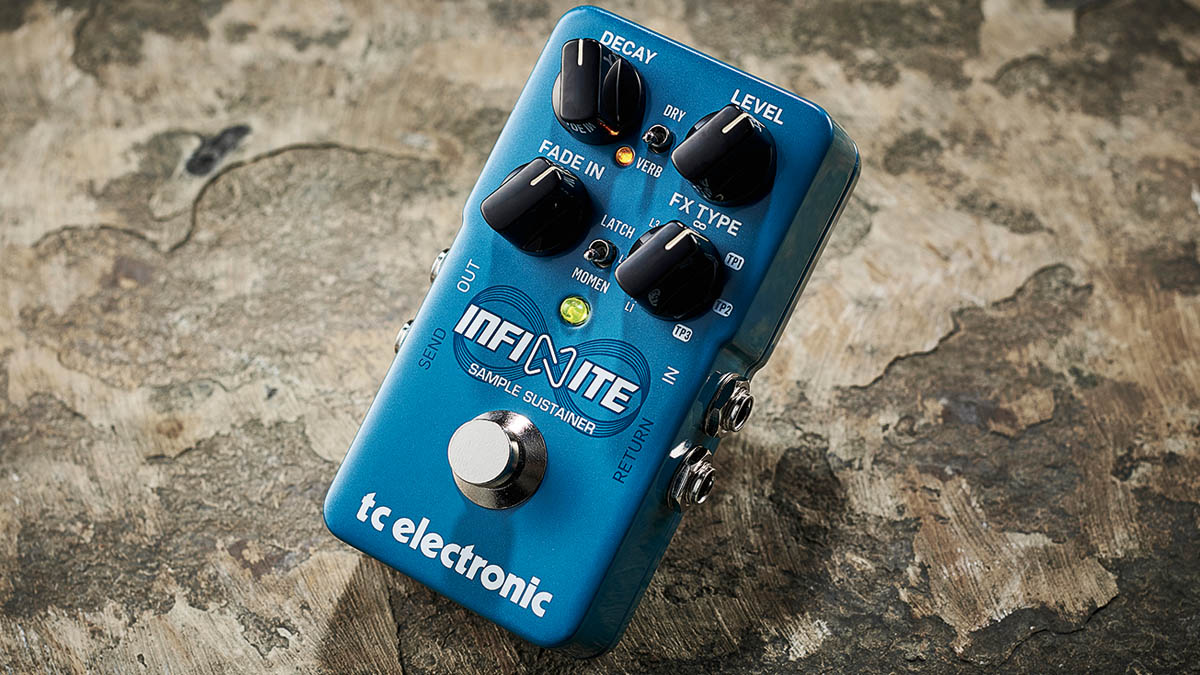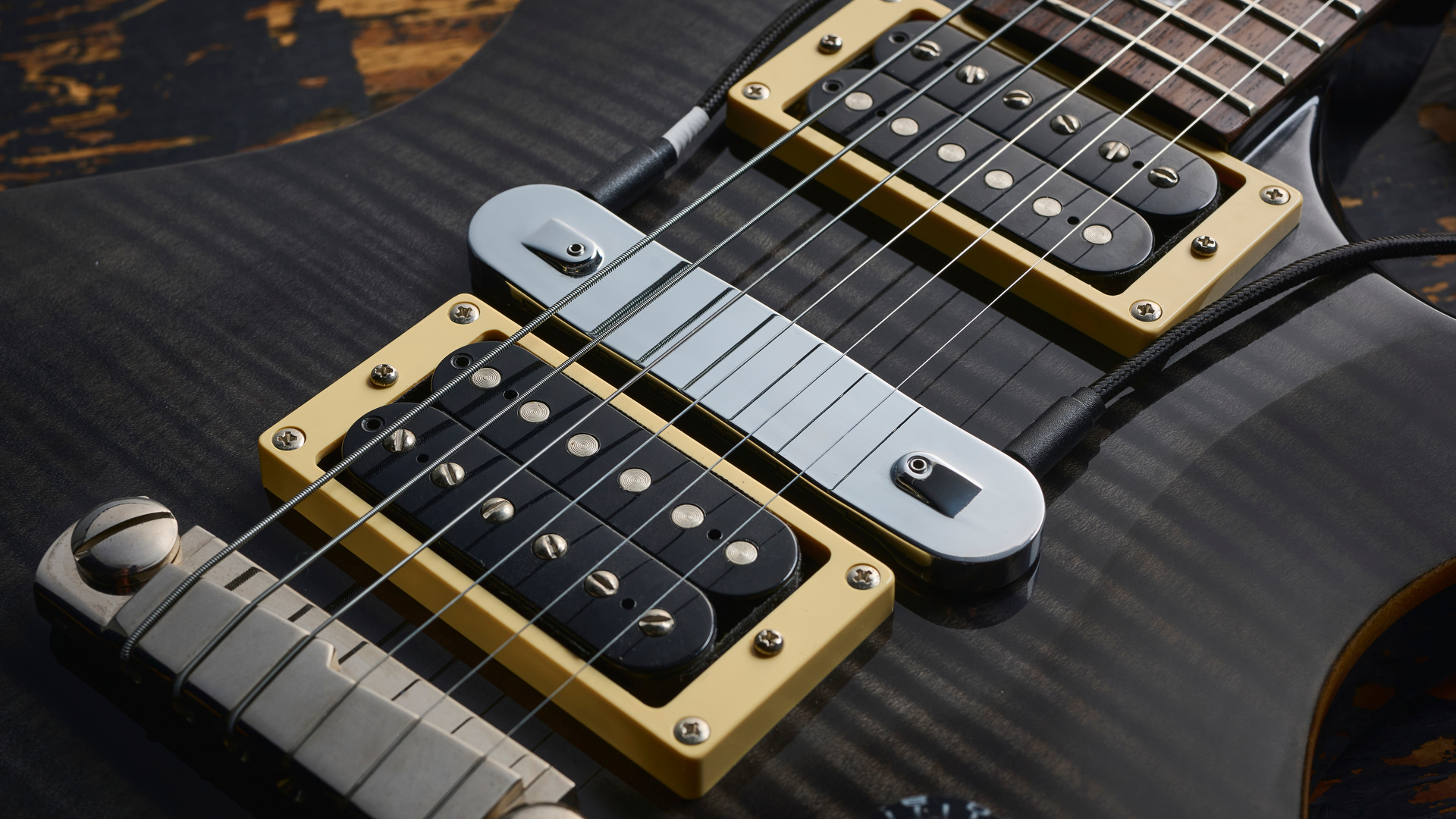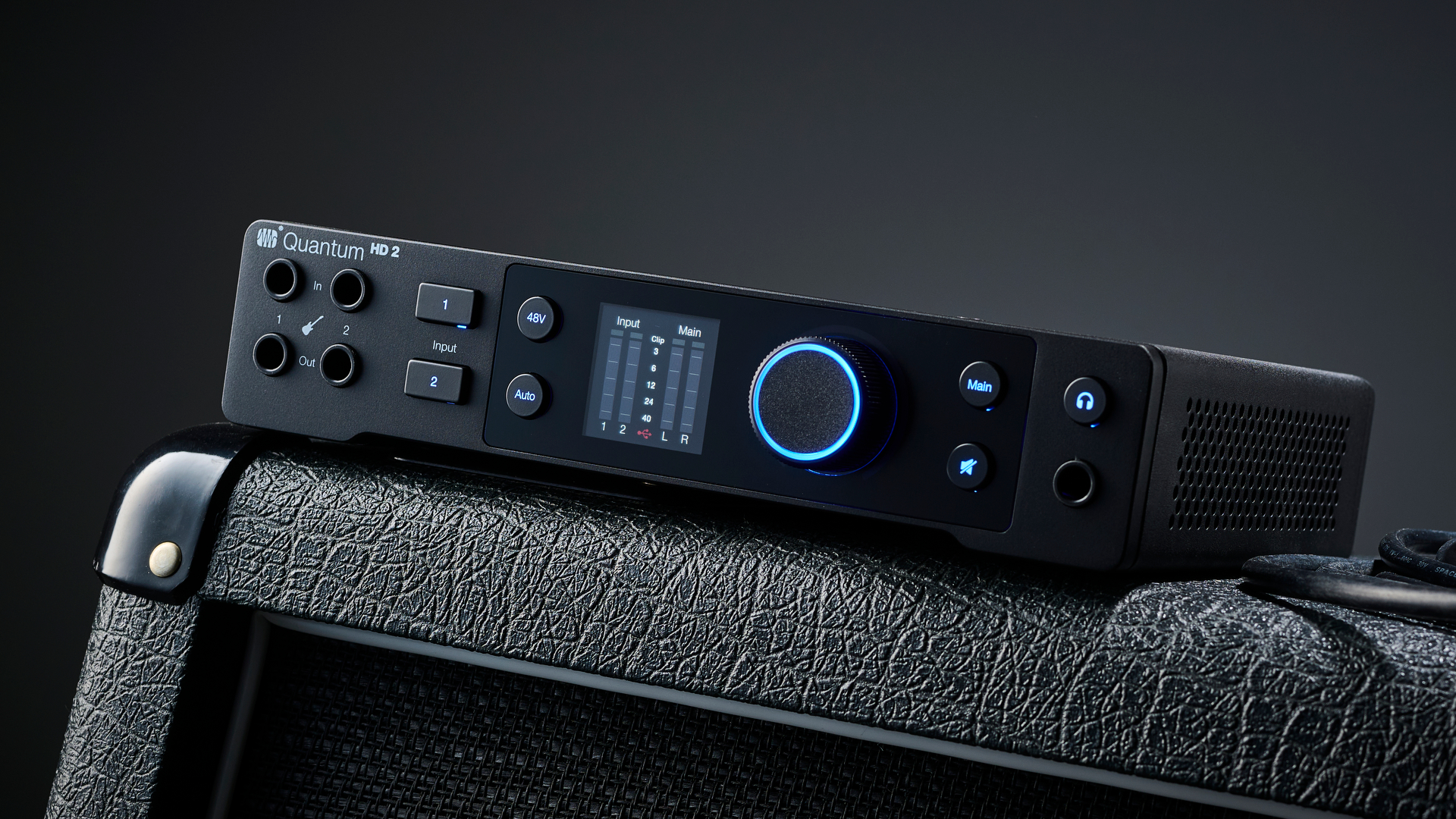Guitar World Verdict
This is a pedal you have to ‘play’ – and it can be a lot of fun. It may not be an essential item for every ’board, but there’s plenty of creativity to be unleashed, whether noodling around at home or throwing a curveball into a live show.
Pros
- +
Compact size.
- +
Latching or momentary footswitch operation.
- +
Send/return loop.
- +
TonePrint capability with practical reverb and modulation options.
Cons
- -
Mono only.
- -
Could do with a more informative manual.
You can trust Guitar World
The TC Electronic Infinite Sample Sustainer is a pedal that captures a small snapshot of your playing – be that a single note, doublestop or chord – and then sustains it so you can use the result as a musical bed to play over.
The concept isn’t exactly a new one, but TC’s team of designers has tried to make it as accessible as possible while providing a set of features for a versatile experience and a wide range of sound variation.
There’s plenty available from the front panel as shipped, but as the pedal employs TC’s TonePrint technology – “a unique signature preset of an effect” – the options expand massively if you hook it up to the TonePrint app where you can access TC’s range of Factory and Artist TonePrints or opt to create your own.
In Use
To use the pedal, you simply play your note or chord and hit the footswitch, and the pedal will then sample a portion of the sound and seamlessly loop it so it plays indefinitely. Best results are obtained by hitting the footswitch during the stable, sustained portion of what you played, and it’s easy to get the hang of this.
The footswitch can be set for latching or momentary. If you set it to momentary, your sampled section will be active as long as your foot is on the switch. If it’s latching, a double-tap on the switch is needed to stop the sample section from playing and clear the memory, while a single press is used to add more sample layers.
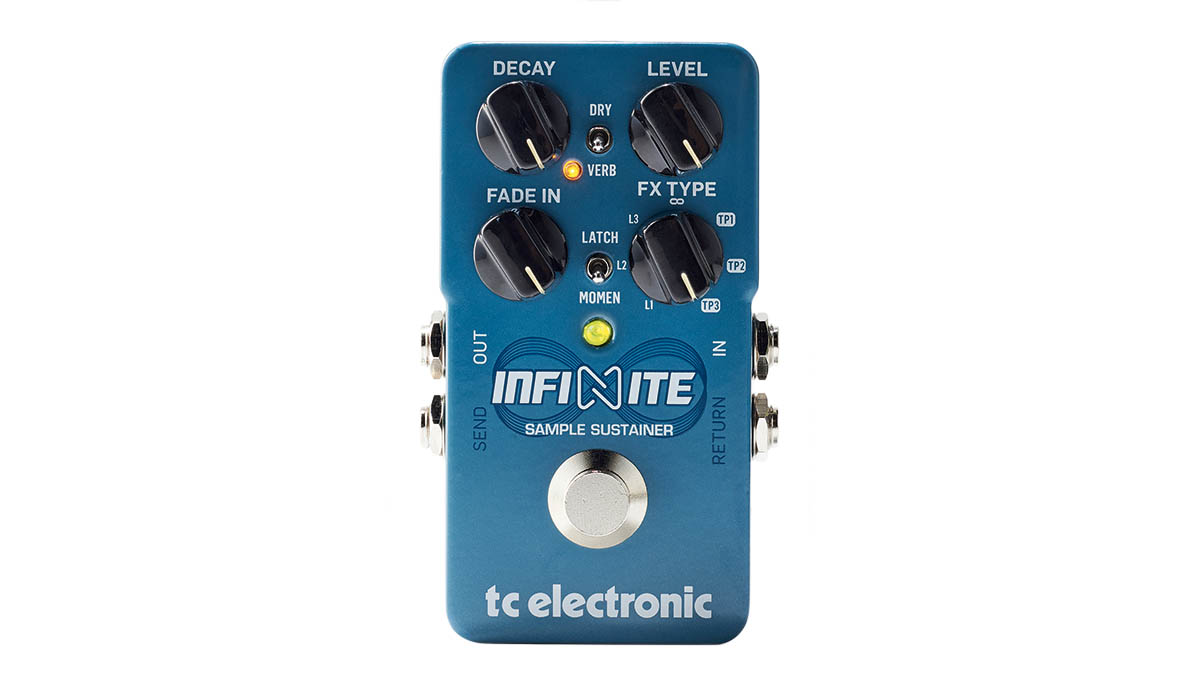
There are seven modes available via the FX Type rotary switch. For the first three (L1, L2 and L3) you can keep adding layers, but each time you do that the oldest layer will disappear. L1 sustains a single sample that will be replaced by another one with a single footswitch press, while L2 and L3 let you stack samples. L2 allows for two layers to be sustained; L3 supports three layers.
Infinite mode lets you stack layers ad infinitum, but newer layers can take preference with older layers reduced in volume for each new recording by a damping value you can set via the TonePrint app. The remaining three modes accessed by the rotary switch are for specific TonePrint settings (TP1, TP2 and TP3) that you can store in the pedal.
There are other factors that determine the nature of the sustained sample. The Fade In and Decay knobs vary the envelope from instantaneous start and stop of the sustained sample with footswitch action to slow fade-ins and fade-outs of up to one second. There’s also an external effects loop, meaning you can add other pedals to contribute to the sustained sound, perhaps to add distortion or delay.
The pedal also has an internal reverb processor based on the Hall Of Fame pedal, plus a toggle-switched choice of whether the sound is dry or has reverb applied to it.
If you’re using TonePrints, there’s a huge opportunity for editing, including adding modulation to the sustained portion (flanging, vibrato and chorus are available), fine-tuning reverb and EQ settings, and options for functions such as always-on reverb for the direct sound so it blends nicely with the sustained sound – something TC has usefully included as the default setting for TP1.
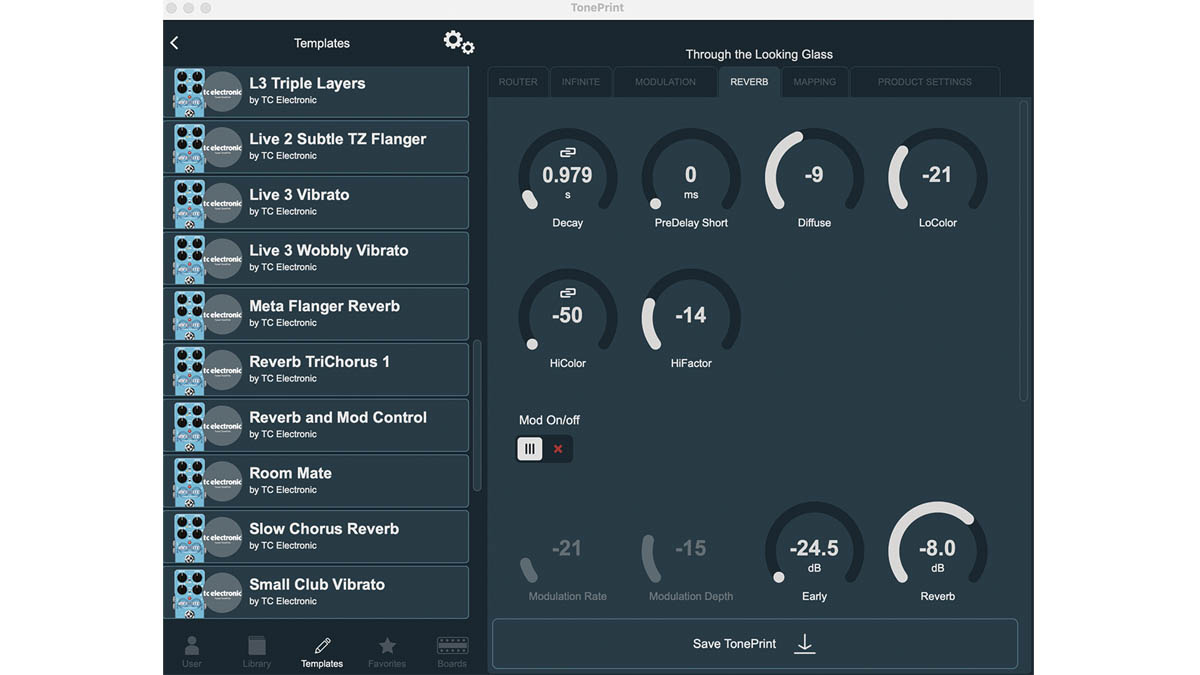
At its most basic, you could simply use the pedal to sample a chord to practise over, but its full potential is realised in the huge ambient soundscape pads you can create both by stacking up layers and taking full advantage of the reverb engine and modulation block.
These give you a really interesting foundation to improvise over, but you can also use the pedal simply for textural pads in a band performance, taking over a traditional keyboard player’s role by using the dry-kill function and swelling in a new chord on each change – the factory setting for TP3, as shipped, has this auto-swell theme.
Other creative uses of the pedal include setting momentary footswitching, adjusting the Decay and Level just right, and bringing it in as an extra layer underneath long sustained notes for extra interest and emphasis.
Specs
- PRICE: $/£149
- ORIGIN: China
- TYPE: Sustainer pedal
- FEATURES: Selectable True or Buffered Bypass, latching or momentary footswitch action, software editing
- CONTROLS: Decay, Level, Fade In, FX Type, Dry/Verb switch, Latch/Momentary switch, footswitch
- CONNECTIONS: Standard input, standard output, standard send, standard return, USB
- POWER: 9V DC adaptor
100mA (not supplied) - DIMENSIONS: 72 (w) x 120 (d) x 50mm (h)
- CONTACT: TC Electronic
Trevor Curwen has played guitar for several decades – he's also mimed it on the UK's Top of the Pops. Much of his working life, though, has been spent behind the mixing desk, during which time he has built up a solid collection of the guitars, amps and pedals needed to cover just about any studio session. He writes pedal reviews for Guitarist and has contributed to Total Guitar, MusicRadar and Future Music among others.
“Our answer to everything players have asked for and more”: Neural DSP’s Nano Cortex had one major drawback – but now it’s been addressed with a huge free firmware update that takes on Kemper and TONEX
"The ability to use this as a midweight MIDI brain for a gigging setup is what makes it unique.": Walrus Audio Canvas Clock review
